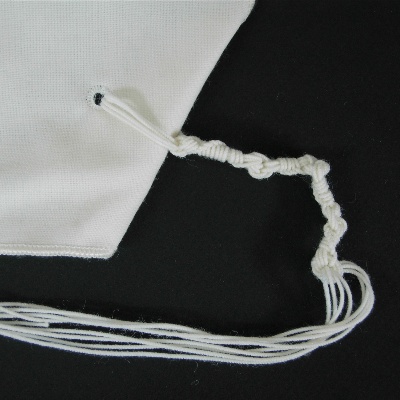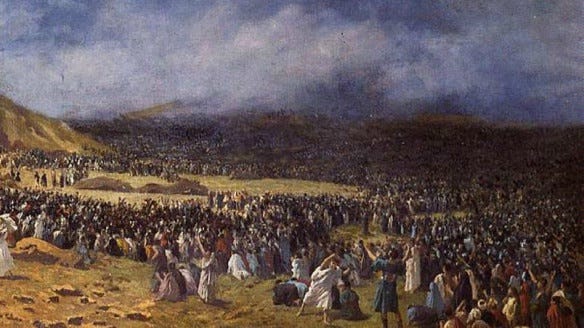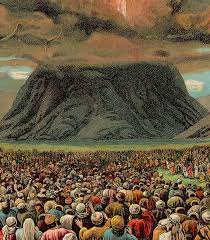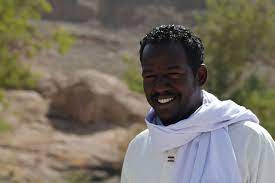It might seem peculiar, even morbid, to suggest that looking at tzitzis evokes the specter of death. But, at least for me, it does.
That might be because of photographs I saw in a book many years ago of ancient but fully recognizable hair braids found during the excavation of Masada in the 1950s and 1960s.
Tzitzis are tight braids themselves and, in fact, the word tzitzis itself is used to mean braids of hair, as Rashi points out in our parshah (Bamidbar 15:38), based on the pasuk “He took me bitzitis roshi” – “by a braid of my hair” (Yechezkel 8:3).
Hair’s chemical composition (and, ironically, its tightly coiled protein structure) makes it difficult for enzymes or microbes to break it down. Thus, hair is among remains that can, well, remain, for a long time – and remind us of the fact that a person once existed on earth but no longer does.
Magnifying the morbidity is the fact that the coils and knots of tzitzis are reminiscent, at least, again, to me, of bones, the other resistant-to-decay parts of a person and another reminder of mortality. And, as it happens, the word for the coils of tzitzis is chulyos, which is the word used as well in messechta Chullin to refer to a spine’s vertebrae.
Might tzitzis be a sort of memento mori? Well, they are, after all, intended to spur thought. The Torah tells us not only to place tzitizis but to look at them. And to thus be reminded of “all the mitzvos of Hashem.”
The things, that is, that we take with us to the next world, when our physical remains, at least for the time being, are left behind.
As Rabi Levi bar Ḥama said, if all else fails in the quest to having one’s good inclination trump his evil one, one should “remind himself of the day of death” (Berachos 5a).
Might tzitzis be a spur to such remembering?
© 2023 Rabbi Avi Shafran









